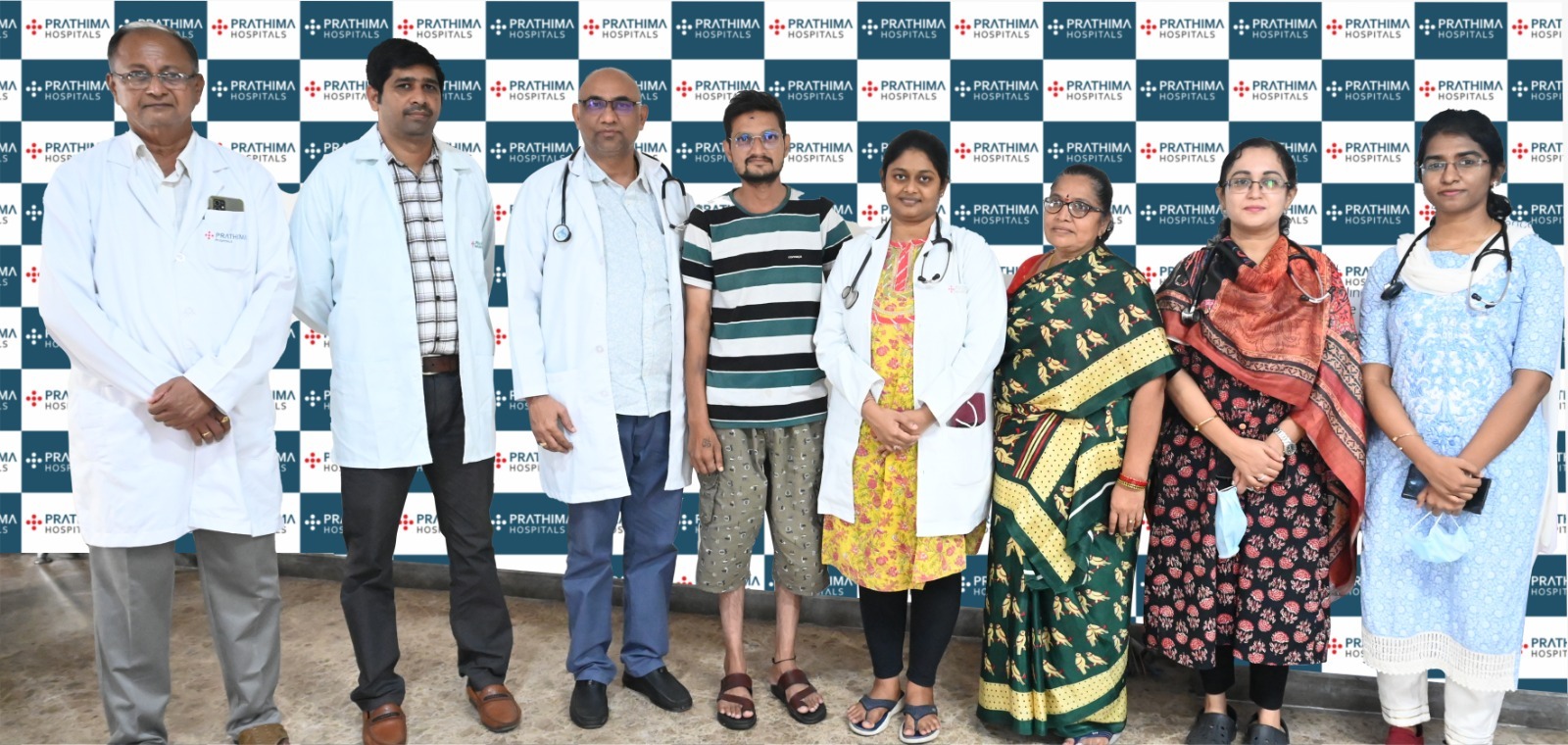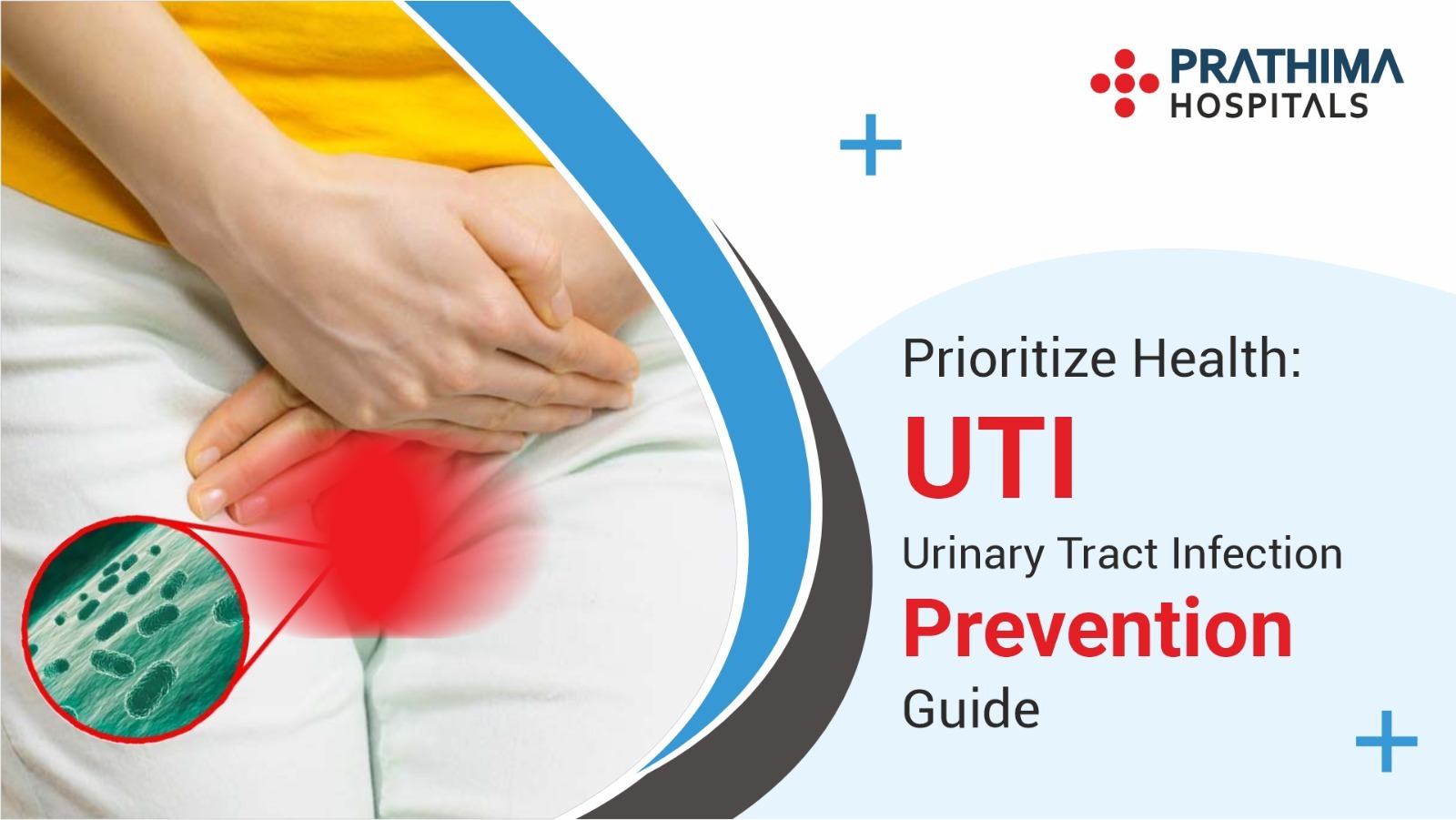Food and waterborne infections can be dangerous!

Food and Waterborne Infections
Introduction:
Food and water-borne infections are a major public health concern worldwide. These infections can result from the consumption of contaminated food or water and can cause a range of illnesses, from mild gastroenteritis to severe, life-threatening diseases as per General Physician in Hyderabad. The most common sources of food and water-borne infections include bacteria, viruses, parasites, and chemicals. In this article, we will discuss some of the most common types of food and water-borne infections, their causes, symptoms, and prevention strategies.
Bacterial Infections as per General Physician in Kukatpally:
Bacterial infections are the most common type of food and water-borne infections. They are caused by various strains of bacteria such as Salmonella, Escherichia coli (E. coli), Campylobacter, and Listeria. These bacteria can contaminate food or water sources in a variety of ways, including poor sanitation, improper food handling, and unsanitary cooking conditions.
Salmonella is a type of bacteria commonly found in raw meat, poultry, and eggs. Symptoms of salmonella infection include nausea, vomiting, diarrhoea, and fever. Dehydration, sepsis, and even death can result from salmonella infection in severe cases. To prevent salmonella infection, it is important to practice proper food handling and cooking techniques, such as washing hands thoroughly before and after handling raw meat, cooking meat to the appropriate temperature, and refrigerating leftovers promptly.
Coli is another common type of bacteria that can cause food and water-borne infections. E. coli is typically found in raw or undercooked ground beef and raw fruits and vegetables. Symptoms of E. coli infection include abdominal pain, diarrhoea, and bloody stools. In severe cases, E. coli infection can lead to kidney failure and even death. To prevent E. coli infection, it is important to practice good hygiene, wash fruits and vegetables thoroughly before eating, and cook meat to the appropriate temperature.
Campylobacter is a type of bacteria commonly found in raw or undercooked poultry and unpasteurized milk. Symptoms of campylobacter infection include diarrhoea, cramping, and fever. In severe cases, campylobacter infection can lead to sepsis and even death. To prevent campylobacter infection, it is important to cook poultry to the appropriate temperature, avoid cross-contamination between raw poultry and other foods, and avoid drinking unpasteurized milk.
Listeria is a type of bacteria commonly found in ready-to-eat foods such as deli meats, soft cheeses, and pre-packaged salads. Signs of listeria infection retain fever, muscle aches, & gastrointestinal problems. In severe cases, listeria infection can lead to meningitis and even death. To prevent listeria infection, it is important to properly store and handle ready-to-eat foods, such as deli meats and soft cheeses, and avoid eating pre-packaged salads that are past their expiration date.
Viral Infections:
Viral infections are another common type of food and water-borne infections. They are caused by various types of viruses such as norovirus, hepatitis A, and rotavirus. These viruses can be transmitted through contaminated food or water, as well as through person-to-person contact.
Gastroenteritis can be caused by norovirus, which is highly contagious. Symptoms of norovirus infection include nausea, vomiting, diarrhoea, and stomach cramps. In severe cases, norovirus infection can lead to dehydration and hospitalization. The general Physician in KPHB suggests to prevent norovirus infection, it is important to practice good hygiene, wash hands thoroughly and frequently, and avoid sharing personal items such as towels and utensils.
Viruses such as Hepatitis A can cause liver inflammation. Signs of hepatitis A infection have fatigue, nausea, vomiting, & abdominal discomfort. In severe cases, hepatitis A infection can lead to liver failure and even death. Hepatitis A can be prevented through vaccination and by practising good hygiene, such as washing hands thoroughly and avoiding close contact with infected individuals.
Rotavirus is a virus that can cause gastroenteritis in young children. Symptoms of rotavirus infection include vomiting, diarrhoea, and fever. In severe cases, rotavirus infection can lead to dehydration and hospitalization. Rotavirus can be prevented through vaccination, proper hand hygiene, and avoiding contact with infected individuals.
Parasitic Infections:
Parasitic infections are less common than bacterial and viral infections, but they can still cause significant health problems. Parasites such as Giardia and Cryptosporidium can be found in contaminated water sources, while others such as Toxoplasma can be found in contaminated meat or soil.
Giardia is a parasite that can cause diarrhoea, abdominal pain, and weight loss. It is commonly found in contaminated water sources such as lakes and streams. To prevent Giardia infection, it is important to only drink clean, treated water and to avoid swallowing water while swimming in natural bodies of water.
Cryptosporidium is another parasite that can cause diarrhoea, stomach cramps, and dehydration. It is commonly found in contaminated water sources such as swimming pools and drinking water. To prevent Cryptosporidium infection, it is important to avoid swallowing water while swimming and to only drink clean, treated water.
Toxoplasma is a parasite commonly found in contaminated meat or soil. It can cause flu-like symptoms in healthy individuals, but it can be more serious in pregnant women or individuals with weakened immune systems. To prevent Toxoplasma infection, it is important to cook meat to the appropriate temperature, wash hands thoroughly after handling soil, and avoid contact with cat faeces.
Chemical Contamination:
In addition to bacterial, viral, and parasitic contamination, food and water sources can also be contaminated with chemicals such as pesticides, heavy metals, and industrial chemicals as per General Physician in Kachiguda. Exposure to these chemicals can lead to a range of health problems, including cancer, developmental delays, and reproductive problems.
Pesticides are chemicals commonly used in agriculture to protect crops from pests. They can contaminate food sources if they are not used properly or if they are used in excessive amounts. To reduce exposure to pesticides, it is important to wash fruits and vegetables thoroughly before eating them and to choose organic produce whenever possible.
Heavy metals such as lead, mercury, and cadmium can also contaminate food and water sources. They can enter the environment through industrial processes or through natural sources such as volcanic activity. To reduce exposure to heavy metals, it is important to choose fish with lower levels of mercury, avoid using certain types of pottery and ceramics that may contain lead, and use water filters that are certified to remove heavy metals.
Industrial chemicals such as PCBs and dioxins can also contaminate food and water sources. These chemicals are commonly found in certain types of fish, such as salmon and tuna, as well as in meat and dairy products. To reduce exposure to industrial chemicals, it is important to choose leaner cuts of meat and dairy products, as these tend to have lower levels of contamination.
Prevention Strategies:
Preventing food and water-borne infections requires a combination of proper hygiene, safe food-handling practices, and appropriate cooking and storage techniques. Here are some strategies that can help prevent these infections:
- Wash hands thoroughly with soap and water before and after handling food, using the bathroom, and changing diapers.
- Clean and sanitize kitchen surfaces and utensils regularly.
- Cook meat, poultry, and eggs to the appropriate temperature to kill harmful bacteria.
- Refrigerate leftovers promptly and discard any food that has been sitting out for more than two hours.
- Drink clean, treated water and avoid swallowing water while swimming in natural bodies of water.
- Choose lean cuts of meat and dairy products to reduce exposure to industrial chemicals.
- Wash fruits and vegetables thoroughly before eating them and choose organic produce whenever possible to reduce exposure to pesticides.
- Use water filters that are certified to remove heavy metals and other contaminants.
- Practice good hygiene when preparing and serving food, such as washing hands and using clean utensils and cutting boards.
- Get vaccinated against infectious diseases such as hepatitis A and rotavirus.
Conclusion:
Food and water-borne infections are serious public health issues that can cause significant illness and even death. While many cases of these infections can be prevented through proper hygiene, safe food handling practices, and appropriate cooking and storage techniques, it is important to remain vigilant and take steps to reduce the risk of contamination as per General Physician in Hyderabad. By practising good hygiene, choosing safe food sources, and using appropriate prevention strategies, we can help protect ourselves and our communities from these harmful infections.
.
.
.
.
For more details :
📞:: 733 733 6600 | 040 4345 4345
🌐:: https://prathimahospitals.com/book-appointment/



